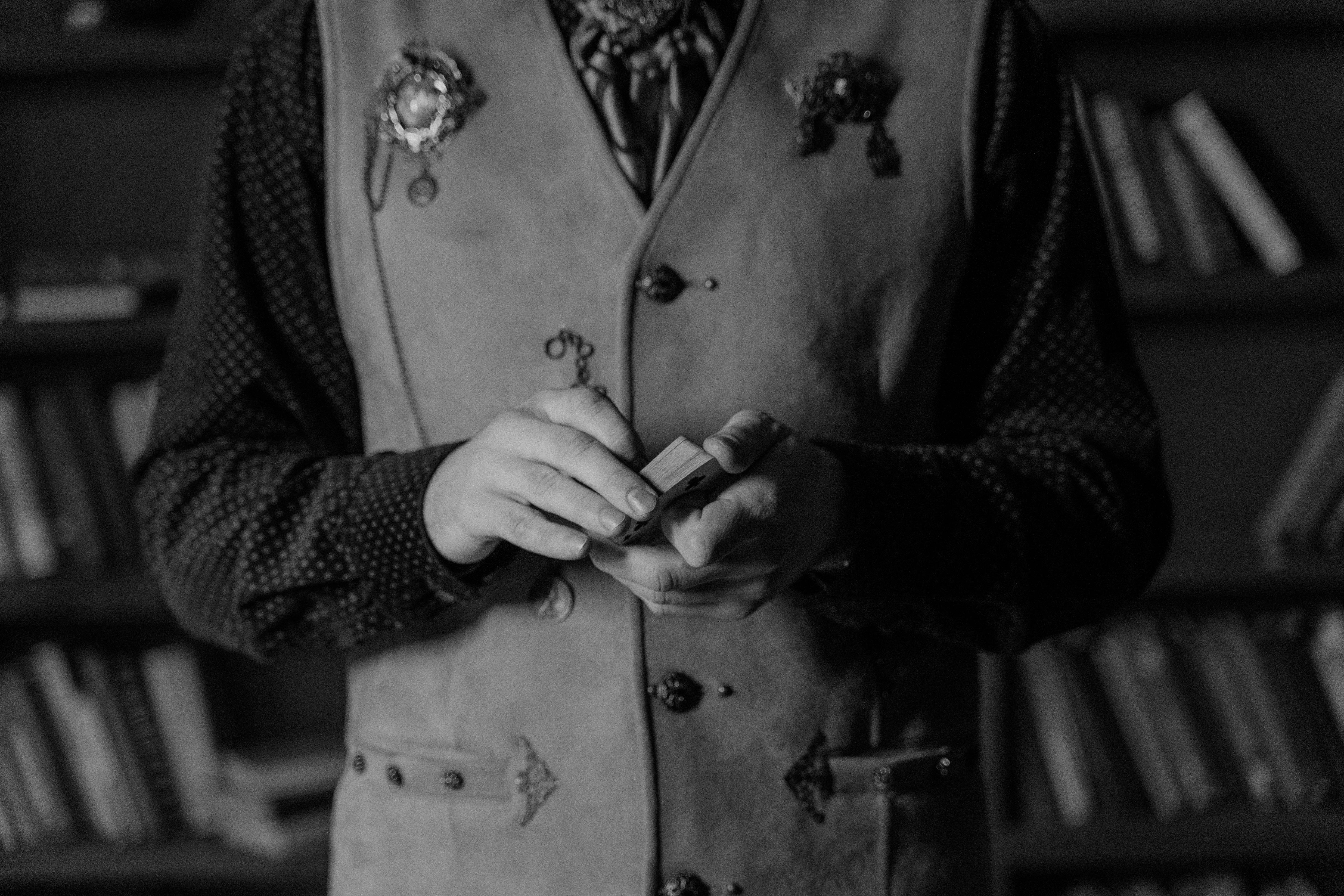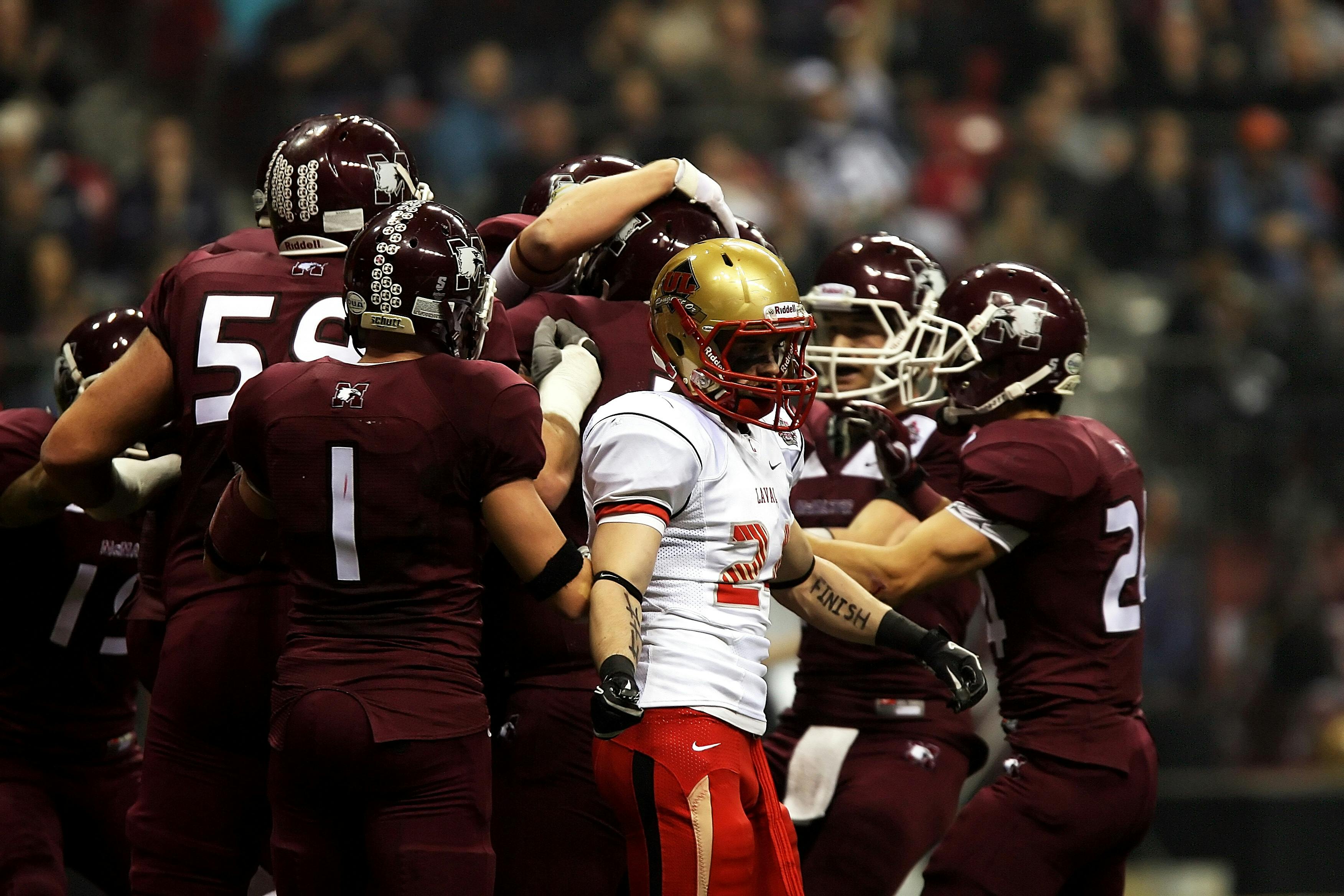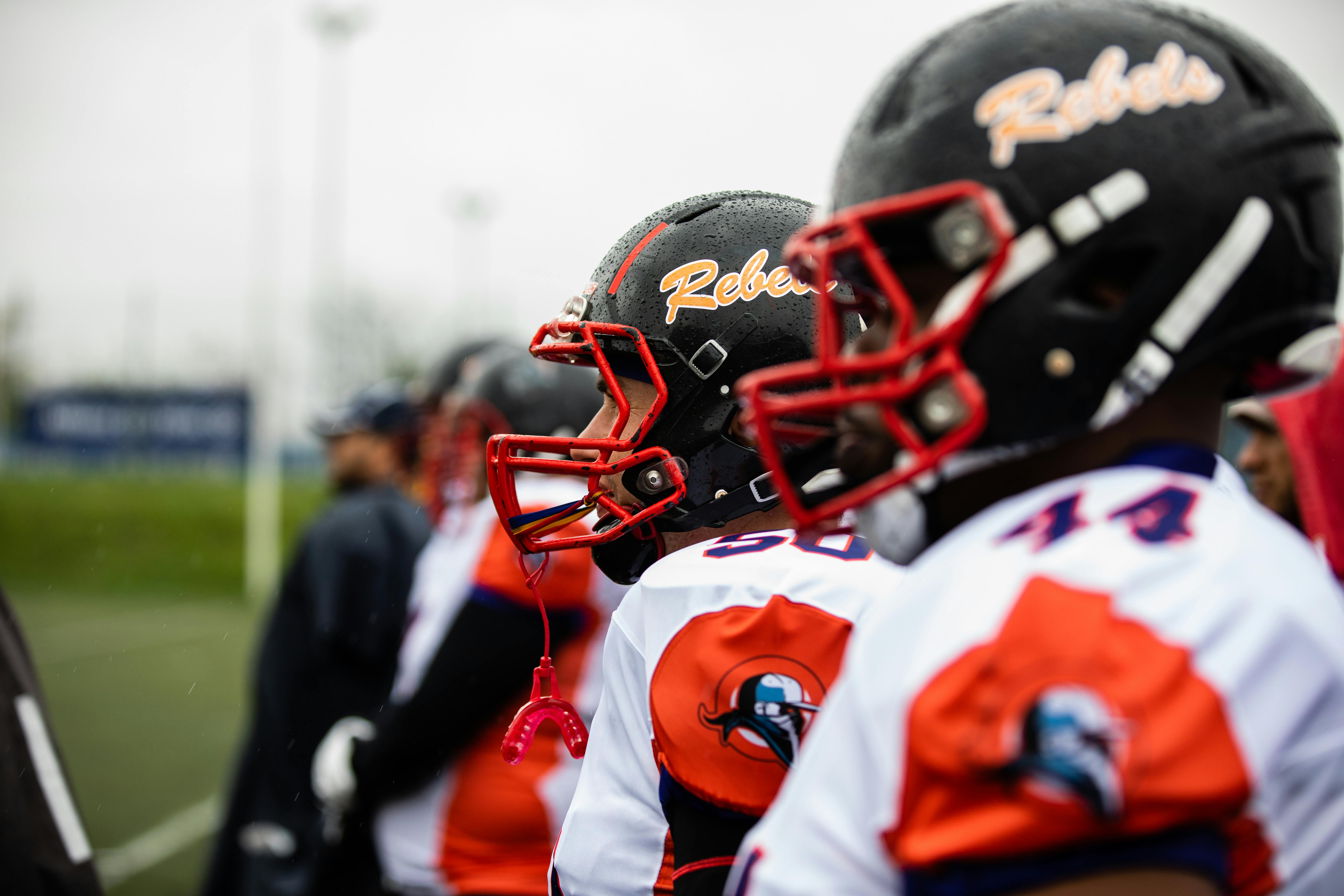I am always looking for books that help my clients. Problems with dogs can be a huge nuisance and not knowing how to communicate with your pet the pet can often end up being euthanized. This just pulls on your soul and it’s not okay.
Animals are not disposable objects. If we take responsibility for having one, we have to do what we can to make your life and ours an enjoyable experience. Jan Fennell, in his book, The dog listener, discusses issues such as separation anxiety, biting, chasing cars / bikes, getting dirty in inappropriate areas, pulling on the leash, and dog-to-dog aggression.
Here are some tips I learned from reading the book. I think you can safely use these tips before you even read it.
To communicate successfully with our dogs, it is up to us to learn THEIR language. Dogs share a universal language: the language of the pack. A dog believes that it is a functional member of a community that operates according to principles directly descended from the wolf pack.
Dogs like routines they can trust. Placing too many toys for the pet is not effective. By doing this, you are establishing that the dog is the top dog of the pack (humans are included in the pack in the dog’s mind). The Alpha dog (leader of the pack) would distribute and play with the toys only when the Alpha felt it. appropriate.
Dogs believe that they are part of a social grouping and a hierarchical order that must be respected at all times. If we don’t use their language and establish the correct hierarchy, things can go wrong, because the dog immediately assumes that he has been elected leader of the pack.
At the head of each pack is the Alpha pair. They are the strongest, healthiest, smartest and most experienced members of the pack. The job of the Alpha pair is to ensure the survival of the pack. As a result, they dominate and dictate everything the pack does and maintain that status through consistent displays of authority. The rest of the pack unerringly accepts this rule and is content to know their place and function within this hierarchical order. Each member of the pack has a vital role and a place within the pack. Maintaining this order establishes a happy and serene environment that loves the dog.
Establishing yourself as the leader of the pack should be practiced four times: When the pack gathers for any reason; when you eat; when the herd is under attack; and when the herd goes hunting.
Jan had an interesting interpretation of separation anxiety. If the dog thinks he is the Alpha of the pack, he is uncomfortable when he leaves the pack (to go to the store, to work, outside or even to the bathroom!) The Alpha. If the dog destroys the door trim or rips out the rugs when you leave, it’s an Alpha.
As an example: Bruce had severe separation anxiety. His anxiety was compounded by his owner’s mood. When he came home from work and saw the mess Bruce had made, he yelled at him. Now Bruce’s interpretation of his owner yelling and getting angry was that going out into the world was very upsetting for the owner. Wasn’t it obvious from the way she left in the morning acting happy and from the way she came home at night all upset? As a result, Bruce became anxious whenever he saw his mother go out.
The situation was also aggravated because the owner had a basket of cookies at the door. Food is provided by the leader. If there is food all the time, then the dog must be the leader, because only the Alpha of the pack has that food available when he wants. Bruce never ate the cookies because he was insane with concern that his pack had gotten separated. I was falling at work.
The first thing Jan recommended for this case was to reset the package structure. The first step was to adhere to the 5 minute rule. Next was doing some Amichien Bonding doing what she calls “food gestures.”
The five-minute rule: Whether the owner leaves the house or room to go to the garden or the bathroom, the dog sees him as his son leaving the protective custody of the pack. Jan’s interpretation is that the dog does not know how long he will be out, so when he returns to the room, he must reestablish leadership by ignoring the dog for five minutes. Do not recognize barking, licking or throwing the toy that he brings you. Even by turning around and saying “enough”, the owner is allowing the dog to achieve its goal. Therefore, no eye contact, no conversation, and no initial touching unless it is to gently nudge the dog. This process takes about two weeks, but each dog is different and may take more or less of the bonding process to restore order to the pack.
In canine language, leaders do not announce themselves that they are coming OR they go to the subordinates of the pack. Leaders come and go as they please. An Alpha has his own personal space. No other dog can invade this space unless invited to do so. By rejecting or accepting the attention of other members who wish to enter their space, the Alpha pair reestablishes their primacy in the pack without ever resorting to cruelty or violence.
Jan explained the Amichien Bonding process for Bruce’s situation. When the owner leaves the house, she should not address the dog when she leaves. If there was usually a lot of noise in the house, such as the radio, television, or people talking on the phone before the owner left, it was suggested to keep those things on in the owner’s absence. The customer was also instructed to collect all the food and feed it only twice a day, in addition to treats when the dog did something acceptable. He also instructed the owner to reestablish hierarchy by practicing “gesture eating” for two weeks.
The eating gesture is done as follows: when you prepare the dog’s food on a counter while the dog is watching, you also prepare a small cookie or biscuit for each human in the house and place it on a small plate right next to it. Of the dog. bowl (where they can’t see it). You want the dog to think that you are eating from his plate because that is what the Alpha of the pack does. Now, before offering their food to the dog, each person in the house takes a cookie from the plate and chews it well in front of the dog. The dog’s food is offered for 20 minutes only before taking the excess.
The pack’s subordinates warn the pack of an unidentified threat. Dogs that barked or jumped at the sound of someone at the door were to be thanked, then removed from the decision-making process and given a favorite treat for cooperation. After that, you should take him to another room or put him on a leash, unless you know who is at the door and they should not recognize the dog for five minutes after he enters.
Does this really work? I have the testimony of a woman who supports it. She called me one night and described an Alpha situation with her Rottweiler. He thought he would have to euthanize the animal, but a week later he emailed me his success story. I am a believer!



